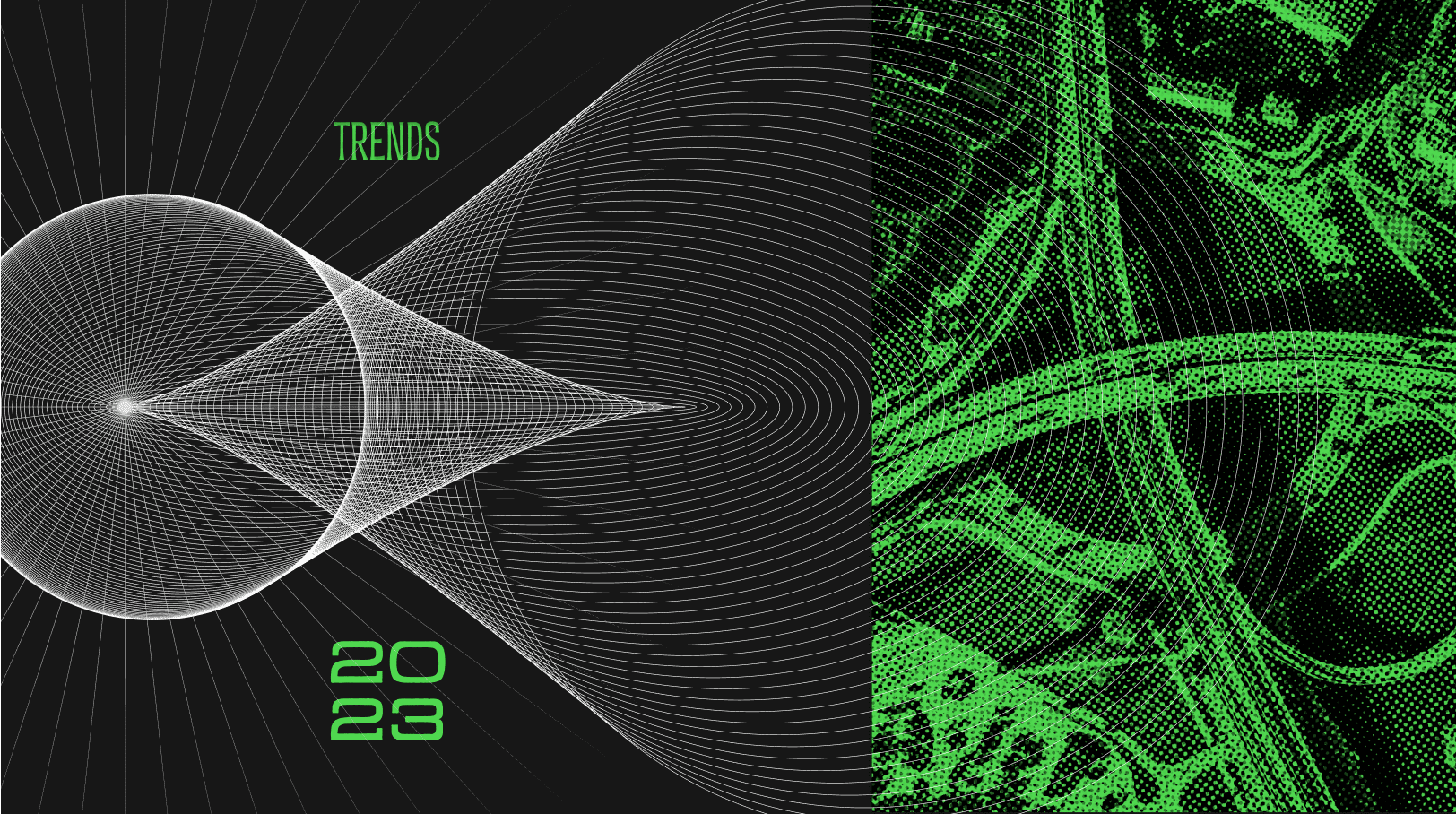Top 3 Trends in Public Sector Digital Services for 2023

Public sector organizations leverage technology all the time to handle crises and emergencies or manage everyday services including transportation and utilities. All areas of the public sector benefit from agile, flexible public services that are durable yet built to meet modern expectations.
Last May, we took a look at five ways the public sector can leverage low-code to accelerate delivery of digital government services. Now in this blog post, we explore the trends we forecast will be at the front of discourse about public sector and technology in 2023. How many of those five approaches have already been realized and how many are becoming new trends? Read on to learn more.
According to key findings in our annual survey, low-code is a leading public sector innovator. This year, 95% of organizations in the public sector reported utilizing low-code. As we enter the new year, these organizations—now familiar with the benefits of low-code—may opt for more sophisticated use cases and employ a wider variety of applications.
In just the past year, we published two eBooks on trends in government and public sector innovation including Sustainable Digital Public Services and Myths and Misconceptions about Low-code for Public Sector. Building on the trends we tracked in 2022, we anticipate another year in which public sector organizations adopt digital solutions that meet the needs of the public.
These are the top three innovations that government CIOs and public sector CIOs, as well as IT leaders and other stakeholders, will explore into 2023.
1. Composable Public Sector Enterprise
According to McKinsey, “Shadow IT represents a double-edged sword: these applications support critical business activities, and are likely to grow with the advent of modern and more robust cloud-based productivity tools; however, since shadow IT skirts the regular procurement, implementation, and governance processes, the applications can significantly increase an organization’s IT and security risks.” Shadow IT is a common occurrence in the public sector due to bureaucratic constraints and composability is a solution to it.
Organizations planning to develop composable government enterprise and composable public services should look no further than low-code as a platform, as it offers a flexible and efficient solution. Low-code minimizes the redundancy and confusion of shadow IT and rapidly improves operational efficiency.
2. Adoption of Stronger Governance in Cybersecurity Operations
AI offers a feasible deterrent to global-scale cyberthreats according to Forbes magazine. “Functions must be automated in order to scale—especially now with threats on the rise. Security teams are already overwhelmed, and many are understaffed. There are too many alerts to address in a reasonable time, resulting in threats being overlooked. That’s a recipe for disaster.”
A total of 30% of surveyed public sector organizations mention security as one of the benefits of low-code. Low-code is a future-ready platform and flexible for adaptive security needs.
3. Robust Identity and Access Management (IAM)
Gartner reports, “enterprises that develop mature IAM capabilities can reduce their identity management costs and, more importantly, become significantly more agile in supporting new business initiatives.” IAM is an ongoing solution to disorganized authentication methods. Moving into 2023, public sector organizations with digital investment in enterprise IAM will prepare themselves for more streamlined and secure digital operations. This innovation is especially relevant to public sector organizations with digital transformation at scale. Our 2022 annual survey shows that 52% of public sector organizations adopted low-code for improved citizen ID authentication.
2023 in Digital Public Services
Mendix provides the flexibility to deploy applications in the environment that makes sense for a composable enterprise, whether to a public, private, or on-premises environment. Applications in Mendix are based on cloud-native design, and the process of deploying doesn’t require you to take varying steps, even in a multi-cloud environment. Security by design and robust IAM support a streamlined IT governance. This framework, in turn, helps reduce shadow IT in the public sector, while minimizing red tape and working to stay compliant.
These three digital initiatives will enable your public sector organization to work seamlessly, efficiently, and to meet the needs of the public.
Innovations like these public sector digital services will ensure a happy new year in 2023 and onwards.
